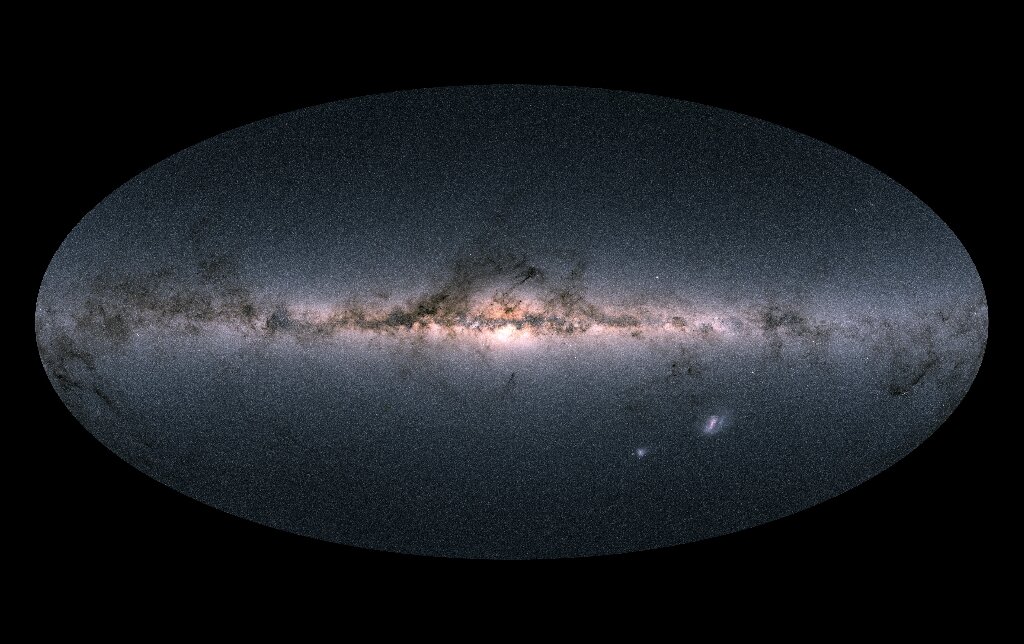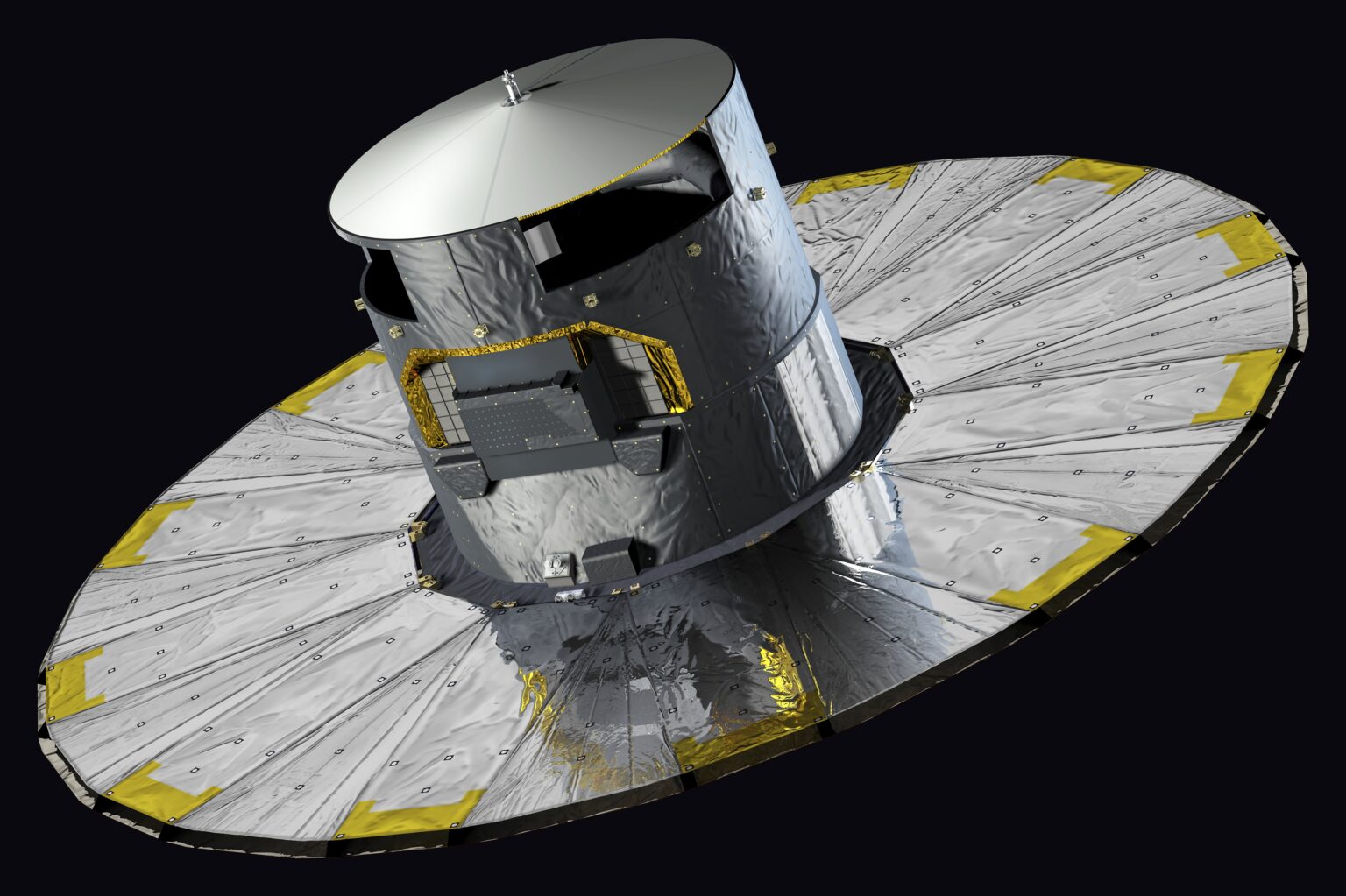The third data release of the Gaia Space Telescope has been published. It contains data on 1.59 billion objects from asteroids to quasars. The sensation was the availability of data on the shape change of thousands of stars, which scientists call “starquakes”.

The third catalog of the Gaia Space Telescope
On June 13, the third release of data from the Gaia Space Telescope (DR3) appeared on the website of the European Space Agency (ESA). It contains data on 1.47 billion objects monitored by this tool. Positions in the sky, brightness, proper motion and electromagnetic spectra are determined for them. Together with them, dozens of studies by scientists from different countries have been published, which are based on this new information.
Of these, approximately 158 thousand are asteroids of the Solar System. Positions are determined for them and orbits are calculated. Surface reflection spectra were obtained for approximately 60 thousand “space stones”. This will allow finding out what these bodies are made of.
But the main part of the objects are stars. Yes, only those luminaries for which the spectral class is defined in DR3 there are 217 million. And for 128 million of them, the mass and age have been determined, which will allow us to build models of their evolution.
This data release also contains information about 10.5 million variable stars belonging to 24 different types. 813 thousand objects are multiple stars. This number includes binary, triple and more complex star systems, for which the parameters of the orbits of the components are determined. Finally, DR3 contains information about 900 million confirmed new galaxies and another 4.8 million candidates. The number of quasars whose astrometric data collected by Gaia reaches 6.6 million.
Why Gaia Telescope data is so important
All of the above may seem like just big boring numbers. However, they provide astronomers with material for research for years and possibly decades to come. The Gaia telescope was launched in 2013. It is located at the L3 point on the Moon near the place where JWST will soon begin its work.

Unlike it, Gaia does not try to solve the mystery of individual objects. This is an astrometric instrument that looks at the entire sky at once and records the positions and parameters of objects on it. Every day, it determines the positions of 700 million objects and determines brightness and spectroscopic data for 150 million of them.
Over the years, two releases of Gaia data have already been released. Each of them contained an incredible amount of information. In fact, the telescope creates the most perfect map of the Universe, the scale of which is difficult for people to comprehend. However, in addition, scientists digging into this ocean of information over the past years have been able to publish thousands of interesting studies.
Some stars change shape
Thanks to Gaia, discoveries have already been made many times for which it was not created. According to it, they have already solved the mysteries of binary stars, found exoplanets, investigated how the moons of the Milky Way behave and modeled the past and future of our entire Galaxy.
This time the sensation of the release was the starquakes. Among the hundreds of millions of luminaries, thousands were found that showed a change in shape during the observation. The processes inside them lead to uneven expansions and contractions. They roll over the giant star like a tsunami, which changes the parameters of its luminosity.
So, it is likely that among the hundreds of publications that will appear in magazines in the coming years, a lot will be devoted to astroseismography. The periodicity of most variable stars is not determined by surface pulsations. Therefore, those that regularly shrink and inflate are quite rare.
Gaia will be operating in space at least until 2025. And the latest release of its data will be released only in 2030. Although it is possible that the mission will continue and then the publication of an incredible array of data will continue even longer. And the next generations of astronomers will also make the discovery behind them.
According to phys.org
Follow us on Twitter to get the most interesting space news in time
https://twitter.com/ust_magazine
